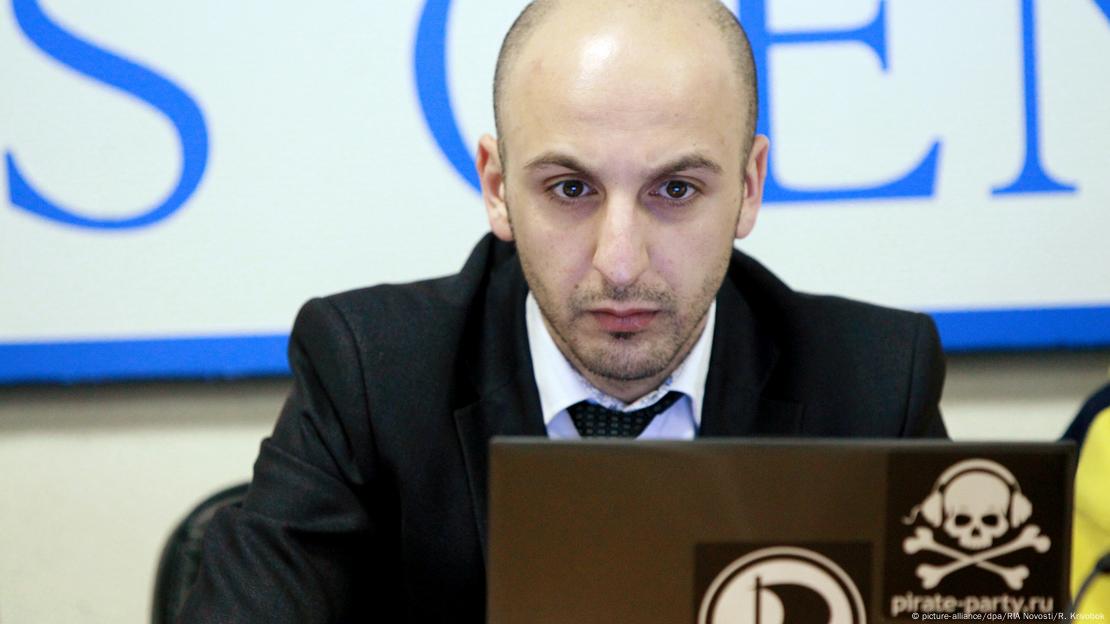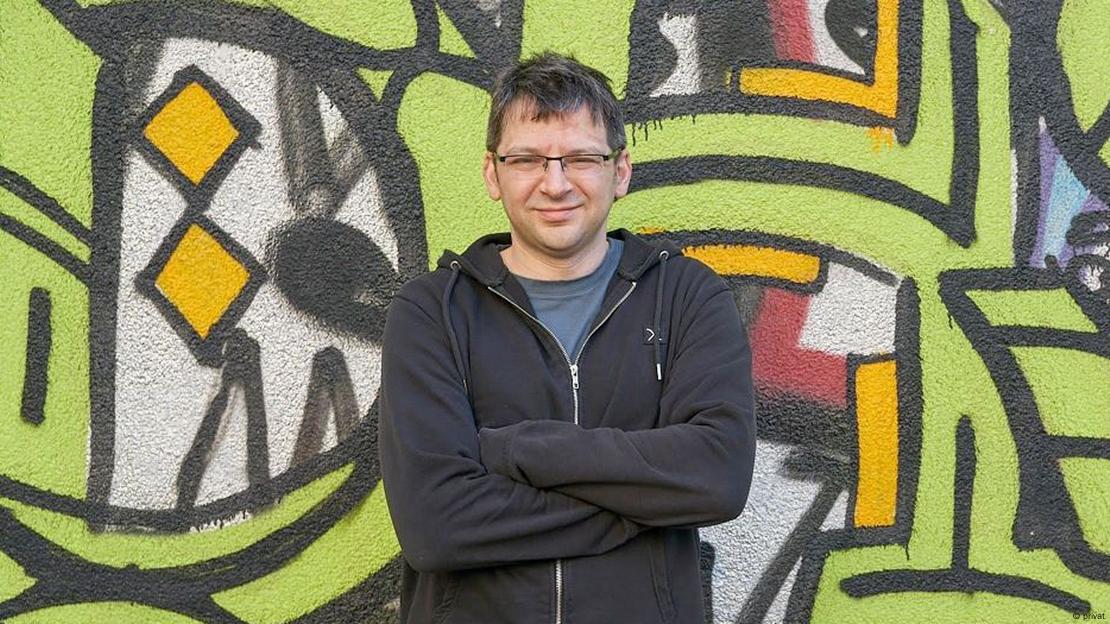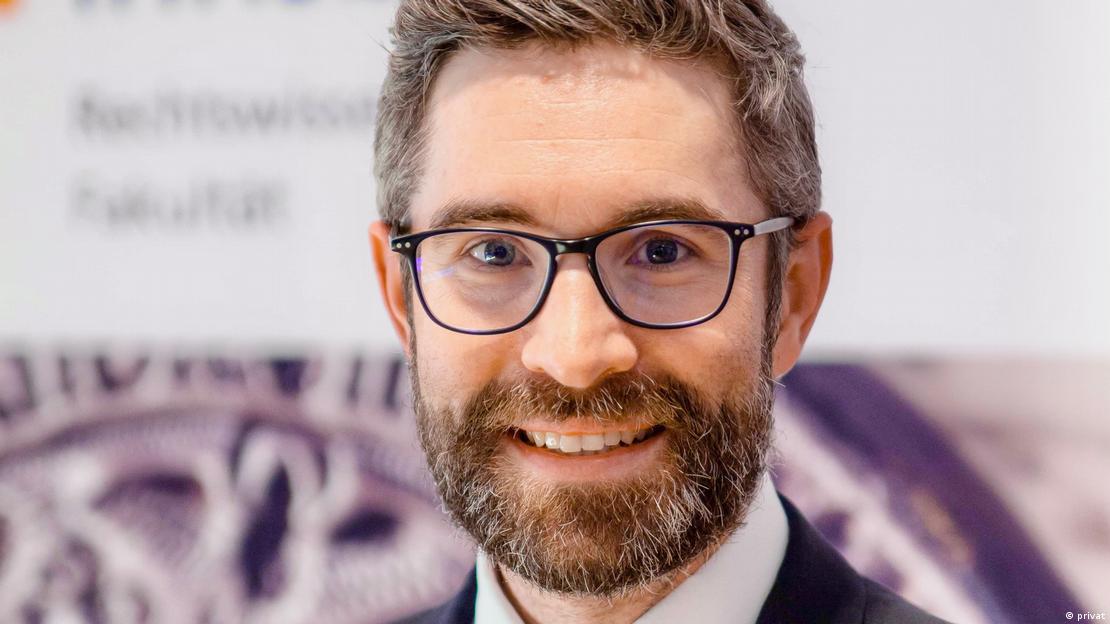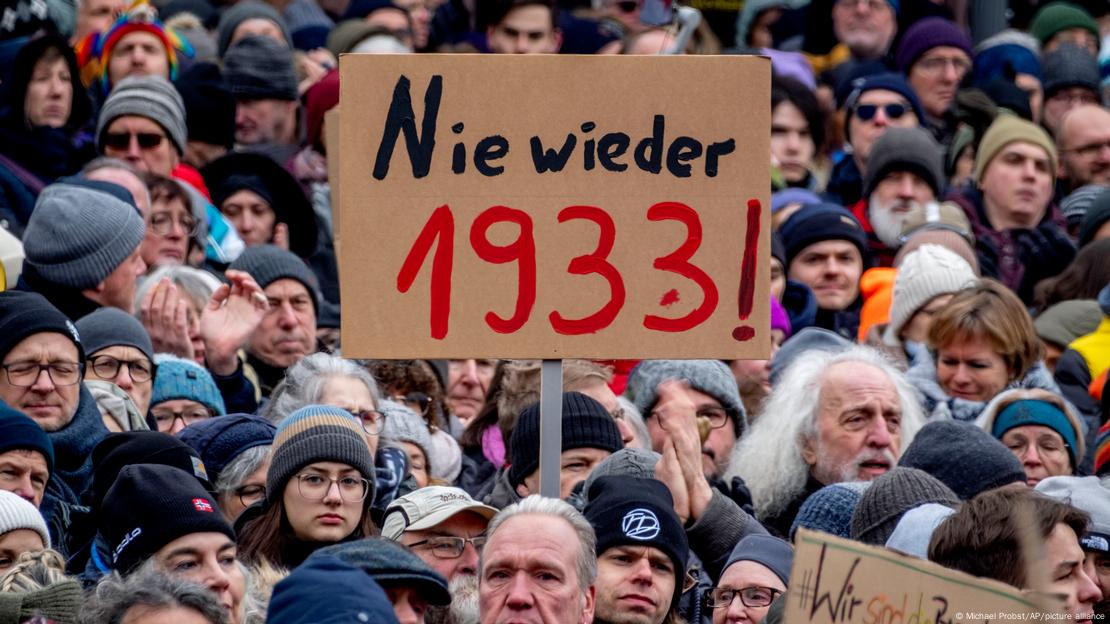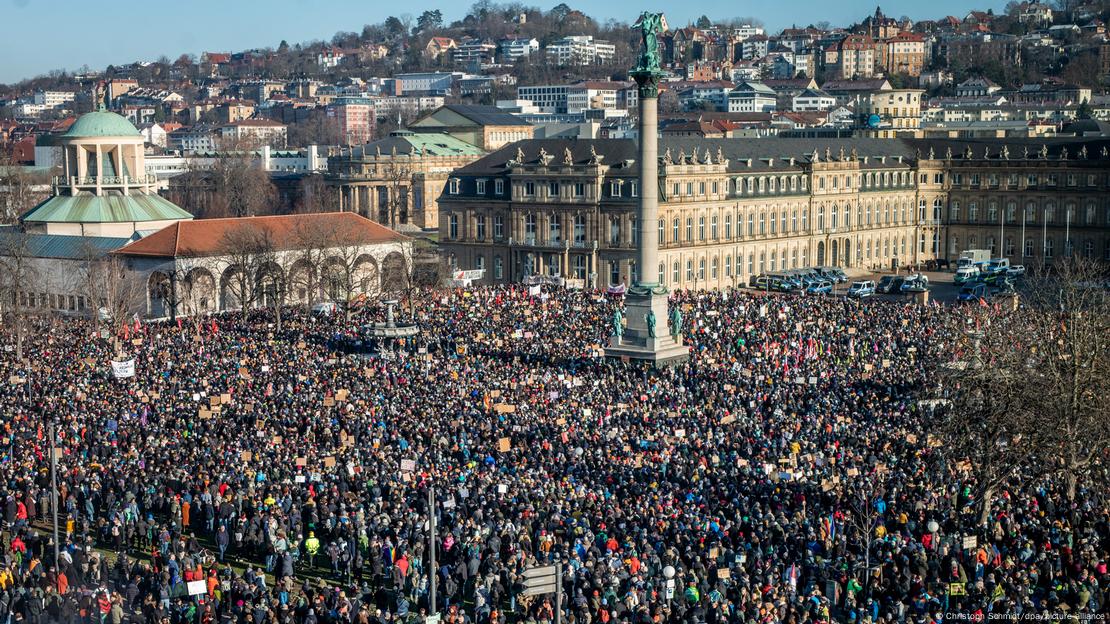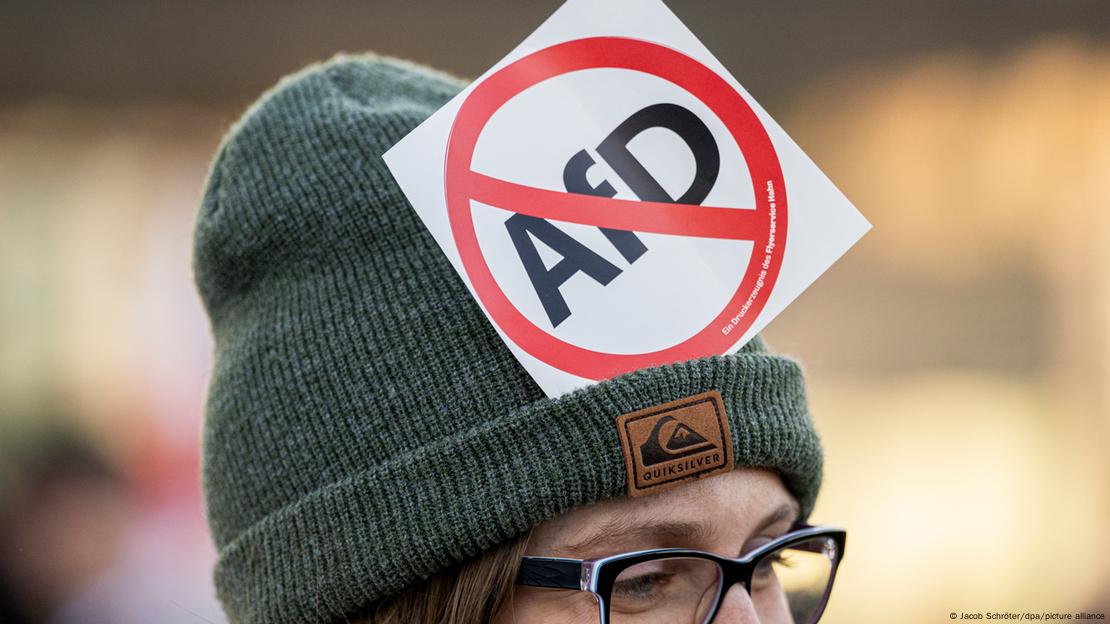Military interests are pushing new nuclear power, and the UK government has finally admitted it
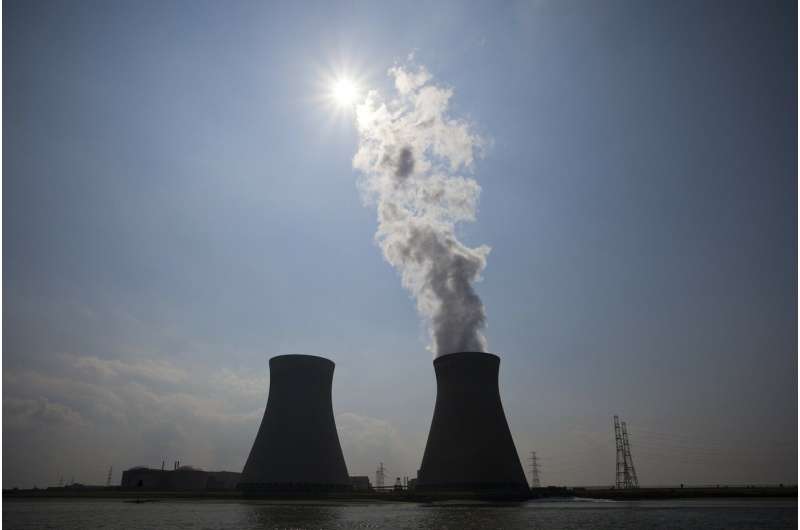
The UK government has announced the "biggest expansion of the [nuclear] sector in 70 years." This follows years of extraordinarily expensive support.
Why is this? Official assessments acknowledge nuclear performs poorly compared to alternatives. With renewables and storage significantly cheaper, climate goals are achieved faster, more affordably and reliably by diverse other means. The only new power station under construction is still not finished, running ten years late and many times over budge
So again: why does this ailing technology enjoy such intense and persistent generosity?
The UK government has for a long time failed even to try to justify support for nuclear power in the kinds of detailed substantive energy terms that were once routine. The last properly rigorous energy white paper was in 2003.
Even before wind and solar costs plummeted, this recognized nuclear as "unattractive." The delayed 2020 white paper didn't detail any comparative nuclear and renewable costs, let alone justify why this more expensive option receives such disproportionate funding.
A document published with the latest announcement, Civil Nuclear: Roadmap to 2050, is also more about affirming official support than substantively justifying it. More significant—in this supposedly "civil" strategy—are multiple statements about addressing "civil and military nuclear ambitions" together to "identify opportunities to align the two across government."
These pressures are acknowledged by other states with nuclear weapons, but were until now treated like a secret in the UK: civil nuclear energy maintains the skills and supply chains needed for military nuclear programs.
The military has consistently called for civil nuclear
Official UK energy policy documents fail substantively to justify nuclear power, but on the military side the picture is clear.
For instance, in 2006 then prime minister Tony Blair performed a U-turn to ignore his own white paper and pledge nuclear power would be "back with a vengeance." Widely criticized for resting on a "secret" process, this followed a major three volume study by the military-linked RAND Corporation for the Ministry of Defense (MoD) effectively warning that the UK "industrial base" for design, manufacture and maintenance of nuclear submarines would become unaffordable if the country phased out civil nuclear power.
A 2007 report by an executive from submarine-makers BAE Systems called for these military costs to be "masked" behind civil programs. A secret MoD report in 2014 (later released by freedom of information) showed starkly how declining nuclear power erodes military nuclear skills.
In repeated parliamentary hearings, academics, engineering organizations, research centers, industry bodies and trade unions urged continuing civil nuclear as a means to support military capabilities.
In 2017, submarine reactor manufacturer Rolls Royce even issued a dedicated report, marshaling the case for expensive "small modular reactors" to "relieve the Ministry of Defense of the burden of developing and retaining skills and capability."
The government itself has remained coy about acknowledging this pressure to "mask" military costs behind civilian programs. Yet the logic is clear in repeated emphasis on the supposedly self-evident imperative to "keep the nuclear option open"—as if this were an end in itself, no matter what the cost. Energy ministers are occasionally more candid, with one calling civil-military distinctions "artifical" and quietly saying: "I want to include the MoD more in everything we do".
In 2017, we submitted evidence to a parliamentary public accounts committee investigation of the deal to build Hinkley Point C power plant. On the basis of our evidence, the committee asked the then MoD head (who—notably—previously oversaw civil nuclear contract negotiations) about the military nuclear links. His response:
We are completing the build of the nuclear submarines which carry conventional weaponry. We have at some point to renew the warheads, so there is very definitely an opportunity here for the nation to grasp in terms of building up its nuclear skills. I do not think that that is going to happen by accident; it is going to require concerted government action to make it happen.
This is even more evident in actions than words. For instance hundreds of millions of pounds have been prioritized for a nuclear innovation program and a nuclear sector deal which is "committed to increasing the opportunities for transferability between civil and defense industries."
An open secret
Despite all this, military pressures for nuclear power are not widely recognized in the UK. On the few occasions when it receives media attention, the link has been officially denied.
Other nuclear-armed states are also striving to maintain expensive military infrastructures (especially around submarine reactors) just when the civilian industry is obsolescing. This is true in the US, France, Russia and China.
Other countries tend to be more open about it, with the interdependence acknowledged at presidential level in the US for instance. French president Emmanuel Macron summarizes: "without civil nuclear power, no military nuclear power, without military nuclear, no civil nuclear."
This is largely why nuclear-armed France is pressing the European Union to support nuclear power. This is why non-nuclear-armed Germany has phased out the nuclear technologies it once lead the world in. This is why other nuclear-armed states are so disproportionately fixated by nuclear power.
These military pressures help explain why the UK is in denial about poor nuclear performance, yet so supportive of general nuclear skills. Powerful military interests—with characteristic secrecy and active PR—are driving this persistence.
Neglect of this picture makes it all the more disturbing. Outside defense budgets, off the public books and away from due scrutiny, expensive support is being lavished on a joint civil-military nuclear industrial base largely to help fund military needs. These concealed subsidies make nuclear submarines look affordable, but electricity and climate action more costly.
The conclusions are not self-evident. Some might argue military rationales justify excessive nuclear costs. But history teaches that policies are more likely to go awry if reasons are concealed. In the UK—where nuclear realities have been strongly officially denied—the issues are not just about energy, or climate, but democracy.
Provided by The Conversation
This article is republished from The Conversation under a Creative Commons license. Read the original article.![]()










